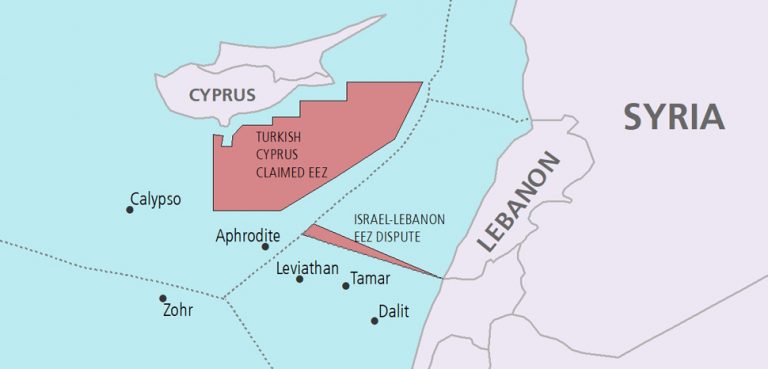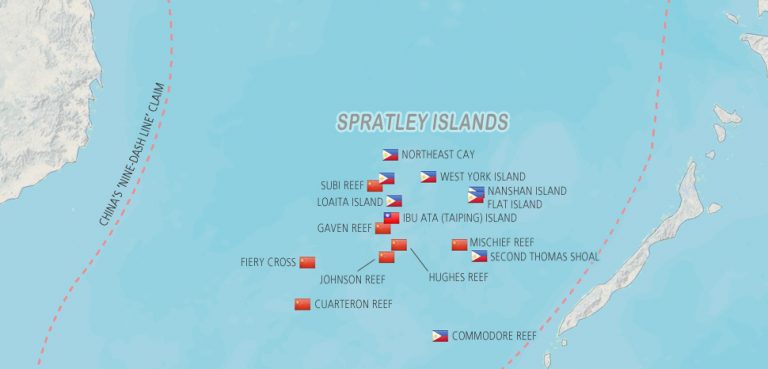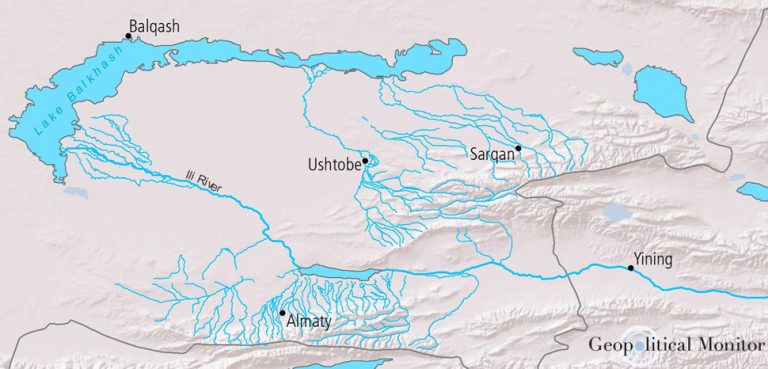
Summary
Many of the world’s most iconic river systems – the Mekong, Indus, Yangtze – are fed by glaciers that both supply and modulate their water flow. Now these glaciers are melting due to climate change, threatening irrigation systems, electricity generation, and drinking water reserves in some of the most densely populated areas of the planet.
No two glaciers are exactly the same. They’re melting at different rates, with some entering their terminal decline sooner than others. The repercussions vary as well. In some cases, reductions in glacier runoff have a negligible effect on downstream flow. In others, they can severely disrupt local water systems, particularly those with antiquated and wasteful extraction methods.
The concept of ‘peak water’ is key to understanding glacier decline. As overall glacier mass shrinks, higher-than-average run-off is produced during the melt season. However, these run-off levels will eventually peak, and a period of terminal – and essentially irreversible – decline will follow. Every glacier has a unique peak water threshold. According to a study published by Nature Climate Change, around 45% of the world’s glacier-fed basins have already passed this point, including the source of the Brahmaputra. Another 22% of basins are predicted to be trending up in run-off through to 2050, including the Indus and Ganges headwaters, which are expected to peak in 2070 and 2050 respectively.
The threat of glacier melt is difficult to assess in isolation. Water systems across the globe are already being taxed by other stressors such as dam construction, irrigation, and extraction for municipal or industrial use. It’s widely accepted that glacier melt will exacerbate these problems, albeit to differing degrees.
This series will examine some of the world’s most vulnerable glacier-fed water systems. Next up: The Indus Basin.
Background
One of South Asia’s iconic water systems
The Indus Basin covers an area of around 1.1 million square kilometers, starting in the Hindu Kush, Karakorum, and Himalaya mountains before draining into the Arabian Sea in a vast 600,000-hectare delta. Upstream portions incorporate parts of China, Afghanistan, and India, while most of the downstream area falls within Pakistan. The system feeds the 3,000 km-long Indus River, which is the 8th longest in the world.
It’s hard to overstate the importance of the Indus Basin system to the 237 million people who live within it. The basin’s waters are essential for drinking, food security, and the health of local, fishing-based economies in Pakistan. Fish production (which is 63% marine and 37% inland) accounts for one of Pakistan’s top-10 exports. The health of these communities is an important and oft-unquantifiable consideration; their economic collapse generally leads to rapid urbanization, sectarian conflict, and popular upheaval against the state authorities.
Aquaculture is one economic standout, as the industry is one of the fastest growing in the world and it already contributes 1% of Pakistan’s GDP. Yet the industry is already in trouble: it’s growing at just 1.5% per year, far behind the rate in neighbors like India and Bangladesh, and some are even predicting the collapse of aquaculture in Pakistan within 20 years. At fault is years of unregulated overfishing, along with dam-building and climate change which are destroying species diversity. The problem is especially pronounced in the 600,000 hectares of mangrove forests in the Indus Delta. The unique mangrove ecosystem is ideal for shrimp farming, one of the most value-added fields of aquaculture. But the mangrove forests have been dying out as the Indus’ flow weakens; it’s estimated that some 86% of mangrove cover has been lost between 1966 and 2003 – and it’s likely that the trend has progressed since then.
Reduced flow along the Indus has allowed saltwater to slowly creep upstream, rendering previously arable land unusable and forcing locals to uproot and move in search of greener pastures. There’s some 33 million hectares of cultivated cropland within the basin, served by an irrigation system of 40,000 miles of canals and 90,000 watercourses, all drawing water from the Indus along with other rivers like the Jhelum, Chenab, Ravi, and Sutlej.
Agriculture is a major part of Pakistan’s economy: some 24 million people are engaged in cultivation – or 40% of the economically active population – and the sector accounted for 22% of Pakistan’s GDP in 2009. Agricultural products are also lucrative export goods for Pakistan – a country that is currently grappling with a severe balance of payments crisis. Food exports account for around 13% of Pakistan’s total exports, and are a rare case of year-on-year growth. Rice is of particular importance, representing 60% of Pakistan’s food exports. It is one of the main crops that’s cultivated in the Indus Basin, which, along with wheat and cotton, represent 77% of the total irrigated area. It is also an extremely water-hungry crop, making it reliant on heavy water extraction.
A familiar array of water stressors
The pressures bearing down on ecosystems and livelihoods throughout the Indus Basin are the same as those elsewhere in the world. Broadly they can be divided into three categories: dam construction, water overuse and mismanagement, and the impacts of climate change, namely in the forms of increased evaporation from man-made reservoirs and glacier melt.
Dam-building started in the 1930s and continues to pick up pace despite flashing ecological warning signs. An economic rationale for dams is always close at hand in the form of Pakistan’s chronic electricity generation gap and the centrality of agriculture to the Pakistan economy. Two of the largest in Pakistan are the Mangla and Tarbela dams, but both are in decline due to silt build-up in their water storage facilities (the Indus and its tributaries are famously silt-heavy rivers). There are also plans to build at least two more massive dams on the Indus: a 4,500-megawatt dam in Gilgit-Baltistan and a 2,160 megawatt project in Khyber Pakhtunkhwa province.
Most of the irrigation infrastructure in Pakistan dates back to the colonial era and is unsurprisingly not fit for purpose in the age of climate change. As a result, it extracts more than the water system is able to replenish and, given the stresses of population growth and economic development, withdrawals are growing with each passing year. This inefficiency is laid bare in the fact that Pakistan has the highest water intensity rate (water used per unit of GDP) in the world.
Pakistan isn’t the only country that falls within the Indus Basin; in fact, as a downstream country it’s at a distinct geopolitical disadvantage vis-à-vis upstream actors like India, Afghanistan, and China. Regional cooperation mostly takes place under the umbrella of the 1960 Indus Waters Treaty between Pakistan and India, but the agreement is far from perfect. For one, it doesn’t manage the system as a holistic whole, instead dividing up the major rivers between India and Pakistan (India gets the eastern three tributaries and Pakistan the western three). Second, it doesn’t include other players like Afghanistan – which is starting to build its own upstream dams with the help of India – and China, which controls the Indus Basin’s headwaters in the Tibetan Plateau. China has been building its own dams in the area, sometimes without even informing its “all-weather ally” in Islamabad. And finally, the agreement has proven itself susceptible to the wax and wane of bilateral tensions between its two signatories. During the Kashmir crisis of early 2019, India’s transport minister threatened to divert water guaranteed to Pakistan under the treaty into India-controlled Kashmir.
Aquifer depletion is another factor that could accentuate water stresses in the region. Agricultural activities in the Indus Basin are fed by water from two sources: underground aquifers and the overland river system. The largest of these aquifers is shared between India and Pakistan, and it spans territory with a dense and fast-growing population. Unsurprisingly, extractions from this aquifer have been well over the rate of replacement, and it has been singled out by some studies as being one of the most overstressed groundwater reservoirs in the world.
The effects of water overuse are so pronounced that they’re now impacting the lives of ordinary citizens. Pakistan is one of the most water-stressed countries in the world according to a recent report from the IMF, and it continues to trend in the wrong direction, with some predicting that Pakistan could “run dry” (reach absolute water scarcity) by 2025. Supply-side fluctuations are made worse by Pakistan’s woeful storage capacity. In the words of Muhammad Khalid Rana of the Indus River System Authority: “[Pakistan] has only two big reservoirs and we can save water for 30 days. India can store water for 190 days whereas the US can do it for 900 days.”
The statistic that best encapsulates the severity of Pakistan’s water crisis is per capita water availability. In 2009, Pakistan’s water availability was about 1,500 cubic meters per person according to the IMF. Now, just ten years later, that number is 1,017 – perilously close to the IMF’s scarcity threshold of 1,000.
Given the impact of climate change and lack of political will to adopt new measures in Islamabad, the problem will only be getting worse in the near future:
Glacier melt will exacerbate these pressures going forward
The Indus Basin is fed by glaciers on the Tibetan Plateau, and these glaciers are melting due to climate change. Glacier melt first produces an increase in water volume as long-frozen reserves are released, before entering into a permanent decline of reduced water volumes. Every glacier has its own ‘peak water’ inversion point – some, like those feeding the Brahmaputra, have already passed this point and entered into long-term decline. The Indus Basin is expected to reach peak water around 2070, but these projections are based on future warming patterns that are difficult to predict. Current projections envision 36% glacier melt by 2100 in the event of 1.5C warming, and 65% in the event of a 6C warming. More certain is the effect on downstream volume once peak water is reached. Downstream runoff in the Indus Basin, along with that of its neighboring Balkhash, Tarim, Issyk-Kul, and Aral Sea basins, has been identified as particularly susceptible to the effects of glacier melt.
Forecast
Glacier melt in and of itself is not a portent of disaster. However, when added to an already tumultuous mix of ecological, economic, and political stressors it risks tipping the scales toward widespread displacement and upheaval. Pakistan in particular is already highly vulnerable due to its diminishing drinking water and irrigation resources, moribund fishing industry, electricity generation shortfall, and failing-yet-rapidly-expanding dam network. But perhaps the most troubling feature in Pakistan’s water crisis is the complete lack of political will in Islamabad to do anything about it. Against a growing chorus of domestic and international warnings, recent administrations were passing the buck forward until the National Water Policy was passed in 2018. But even this policy has been panned by experts as largely inadequate. The inconvenient fact of the matter is that Pakistan, a country that is already severely water-stressed, faces the near-term prospect of increased demand from a growing population along with decreased supply due to exhausted resources. If internal conflict is to be avoided, it’s going to take bold policies, infrastructure investments, and renewed cooperation on the regional level.
So far we’re seeing none of it.
**This article was originally published on June 16, 2019.



